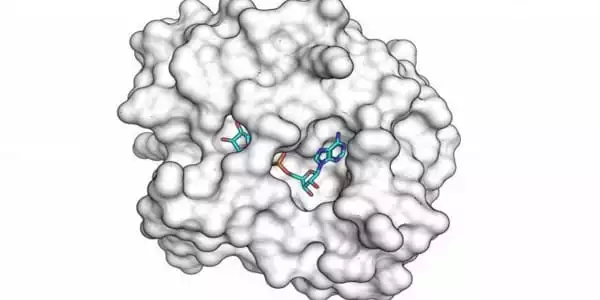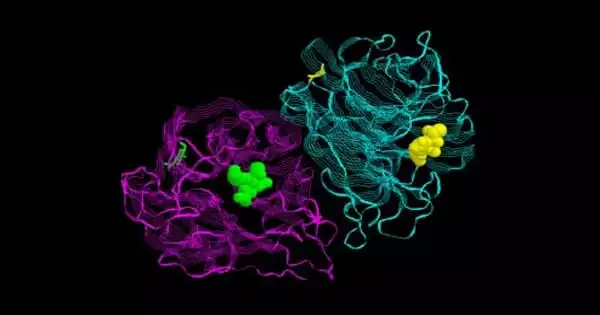The discovery of a shapeshifting virus in hot volcanic springs could have far-reaching effects. Scientists have found how lemon-shaped viruses gained their shape by studying hot volcanic springs where the water is virtually boiling acid. And this discovery could lead to new and improved methods of delivering medications and vaccinations.
While the vast majority of viruses are rod-like or spherical in shape (such as the coronavirus that causes COVID-19), scientists have been perplexed by the strange forms of viruses found in some of the toughest settings on the planet.
The researchers were examining one of these viruses when they realized it has unusual features that allow it to change shape. The virus can grow tails and resembles a lemon or a spindle. The mechanism that allows it to do so, the scientists discovered, undoubtedly explains how ancient rod-like viruses gave rise to all spindle-shaped viruses present today.
“We now understand a new fundamental in how proteins might construct the shell that envelopes the DNA in a virus,” stated University of Virginia School of Medicine lead researcher Edward H. Egelman, PhD. “This has ramifications not only for understanding how specific viruses arose, but it might also be utilized to develop novel methods of delivering everything from medications to vaccines.”
Viruses can pose significant dangers to human health, as evidenced by the COVID-19 pandemic. As a result, it is critical that we learn more about how viruses have evolved. However, we may learn from viruses and develop new technologies based on the principles revealed in these extremely primitive structures.
Edward H. Egelman
One Tough Virus
The virus Egelman and his colleagues were examining, Sulfolobus monocaudavirus 1 (SMV1), has a spindle- or lemon-shaped protein shell around the DNA. But it’s been a mystery for nearly two decades how so many copies of the same protein can come together to produce such a shape.
Using high-tech cryo-electron microscopy and powerful image processing, Egelman and his colleagues were able to uncover SMV1’s odd features. (Egelman was elected to the National Academy of Sciences for his pioneering work utilizing cryo-electron microscopy and 3D modeling to map out the world that is much too small for even the most powerful light microscopes to view.)

SMV1 has strands of proteins that slip and slide past one other due to their “greasy” nature, according to the researchers. These seven protein strands were discovered in both the virus’s body and tail, and they provide the virus a remarkable capacity to shapeshift. It can blow up like a pufferfish to accommodate genetic material rather than having a set shape. At the same time, these strands build an impenetrable barrier to keep the acid surrounding them from damaging the virus’s DNA.
The virus poses a serious threat to the single-celled creatures that it infects. When a host organism becomes infected, it transforms into a massive factory that produces more virus. Before a new army of viruses bursts forth, these host cells grow up to 20 times larger.
Based on their findings, Egelman and his colleagues suggest that today’s viruses with spindly or lemon-shaped relatives most likely originated from ancient rod-shaped forebears. The rod-shaped viruses could only hold a limited amount of DNA, and the “greasy” qualities that allow SMV1 shapeshifting would have allowed the ancient viruses to bundle more genetic material – an evolutionary desirable quality for viruses.
“Viruses can pose significant dangers to human health, as evidenced by the COVID-19 pandemic,” said Egelman of the University of Virginia’s Department of Biochemistry and Molecular Genetics. “As a result, it is critical that we learn more about how viruses have evolved. However, we may learn from viruses and develop new technologies based on the principles revealed in these extremely primitive structures.”





